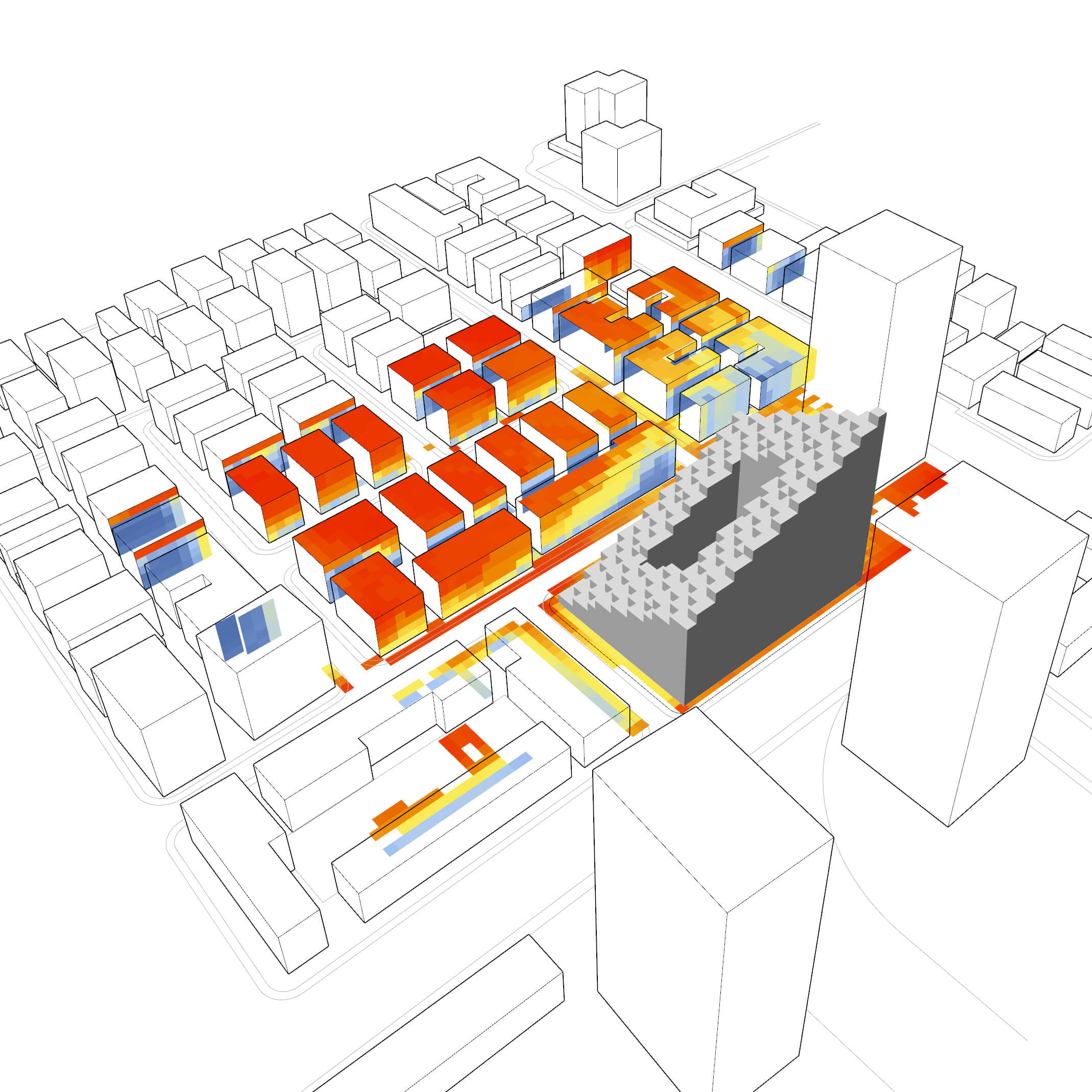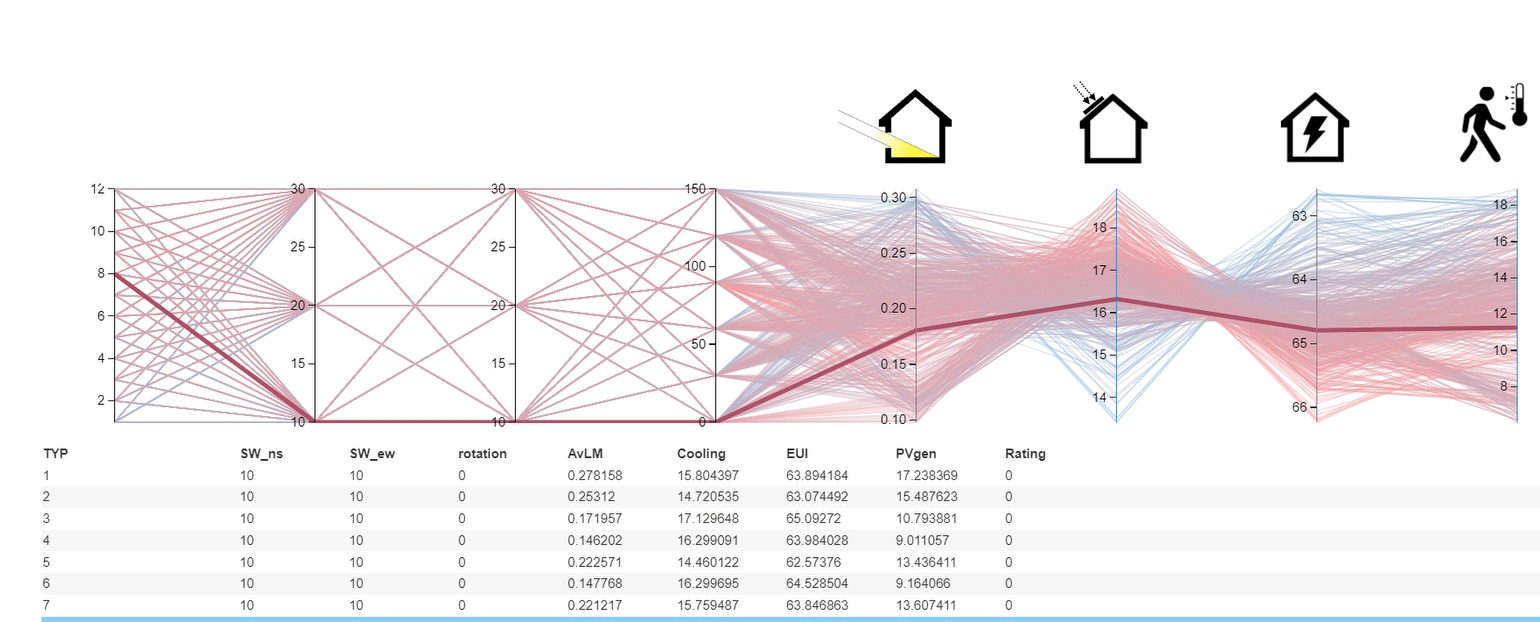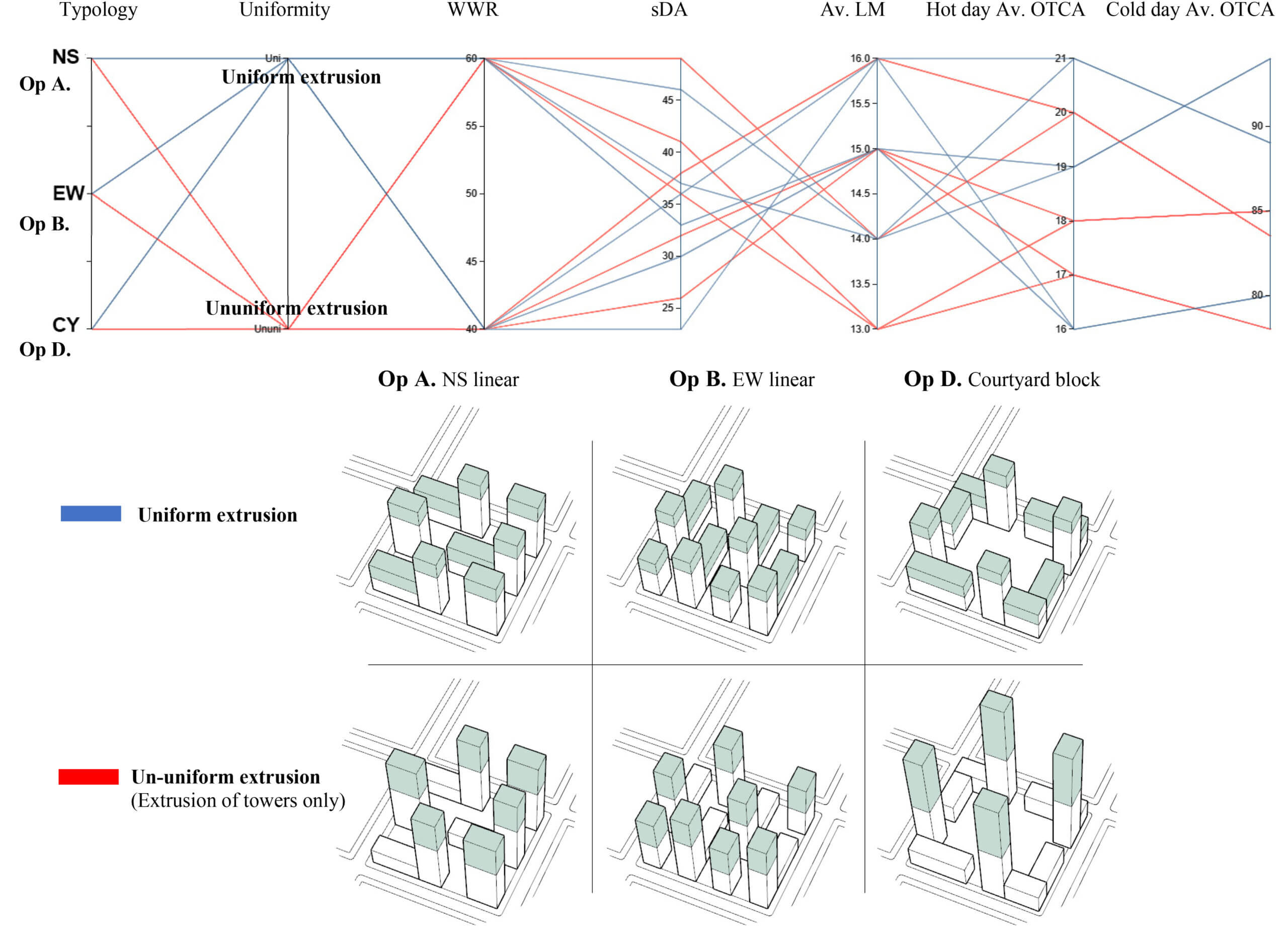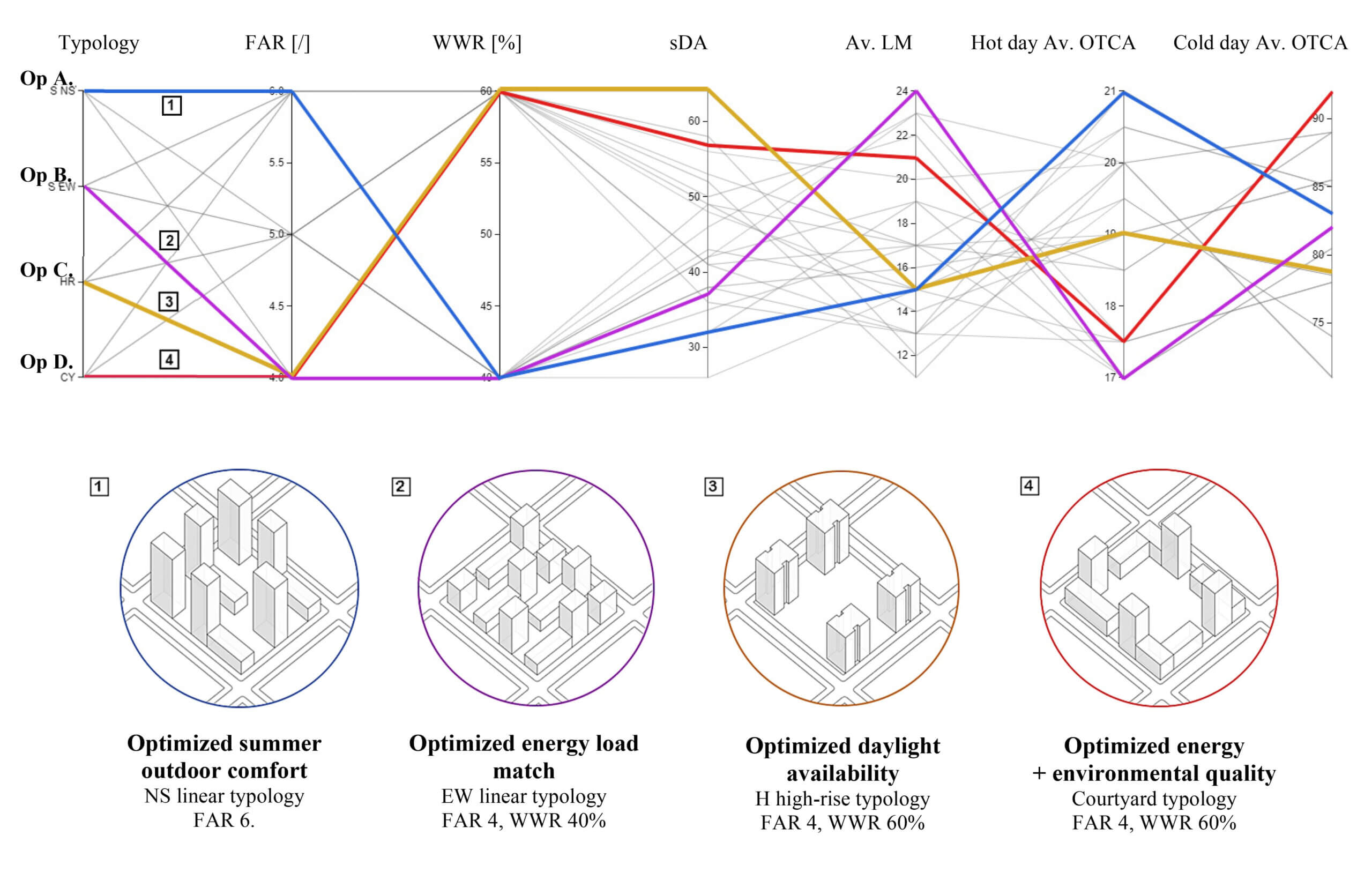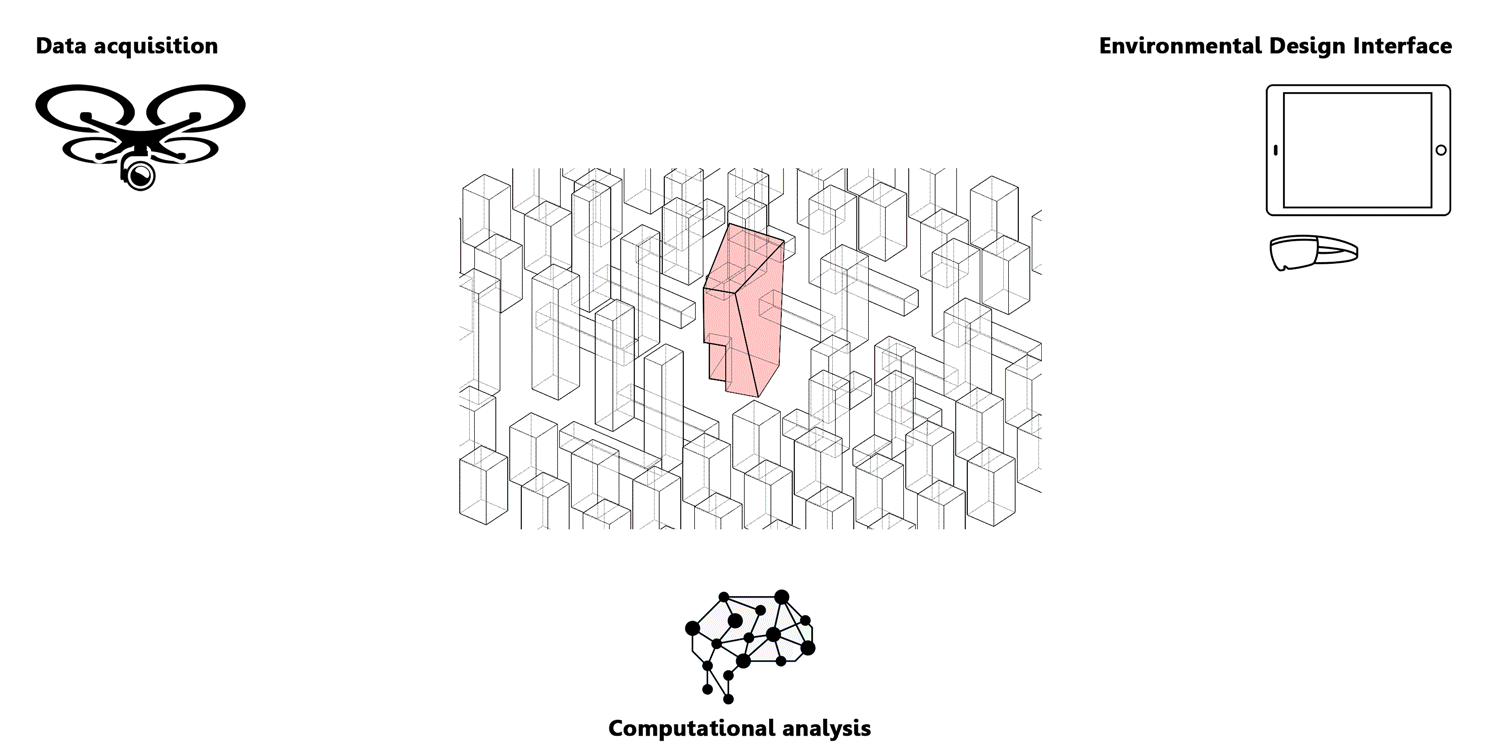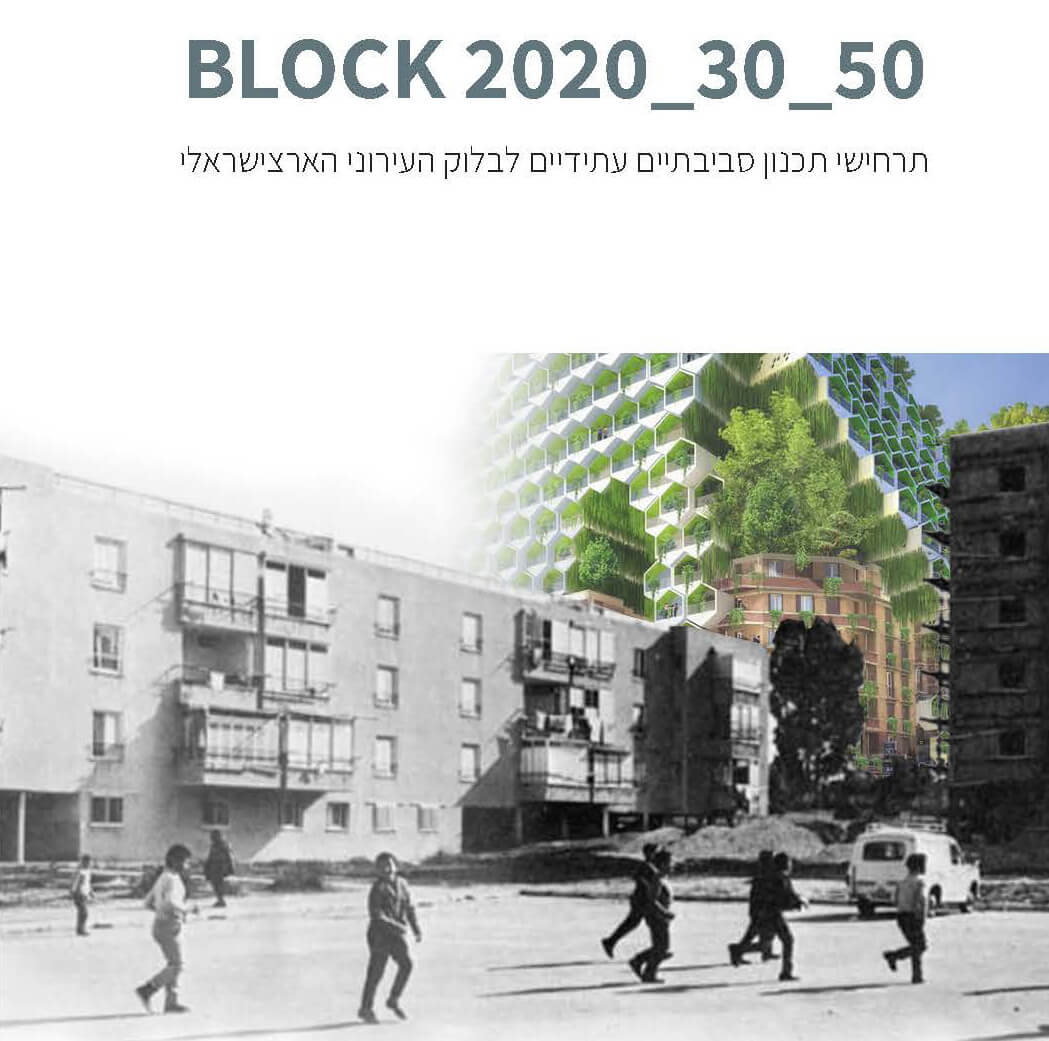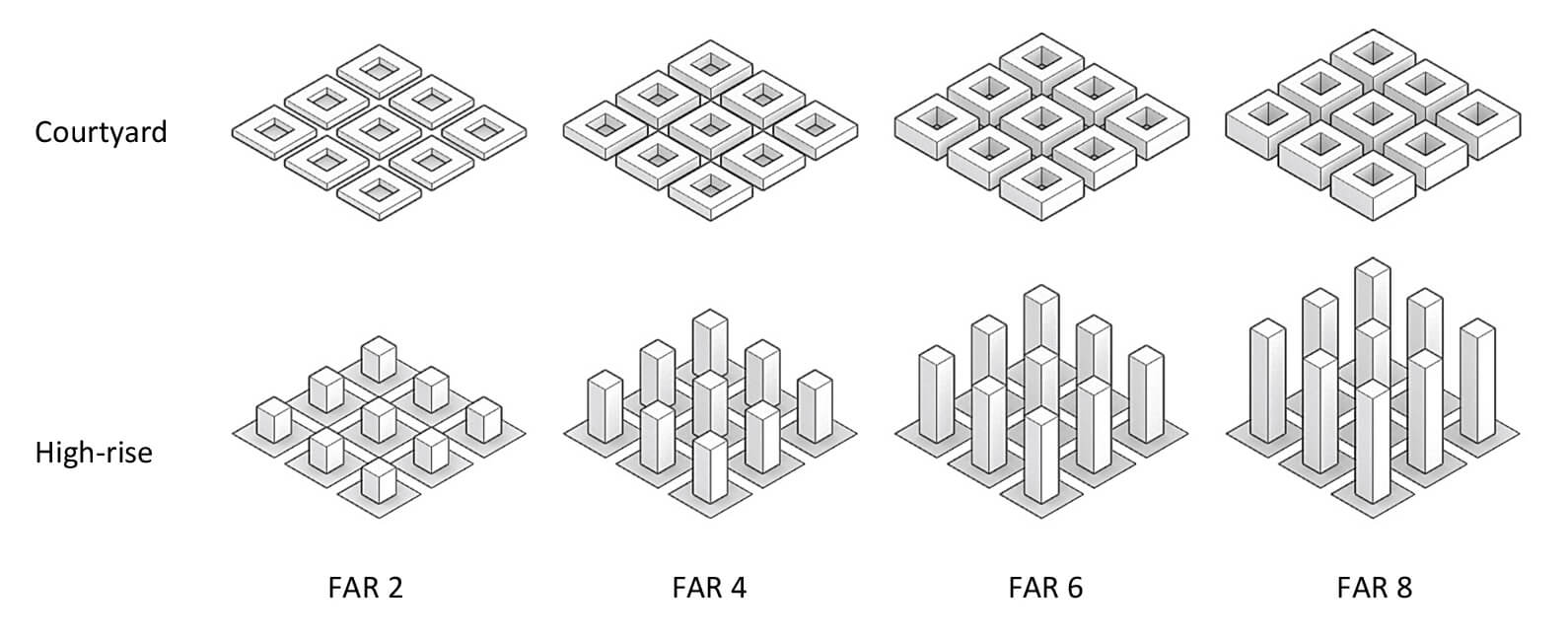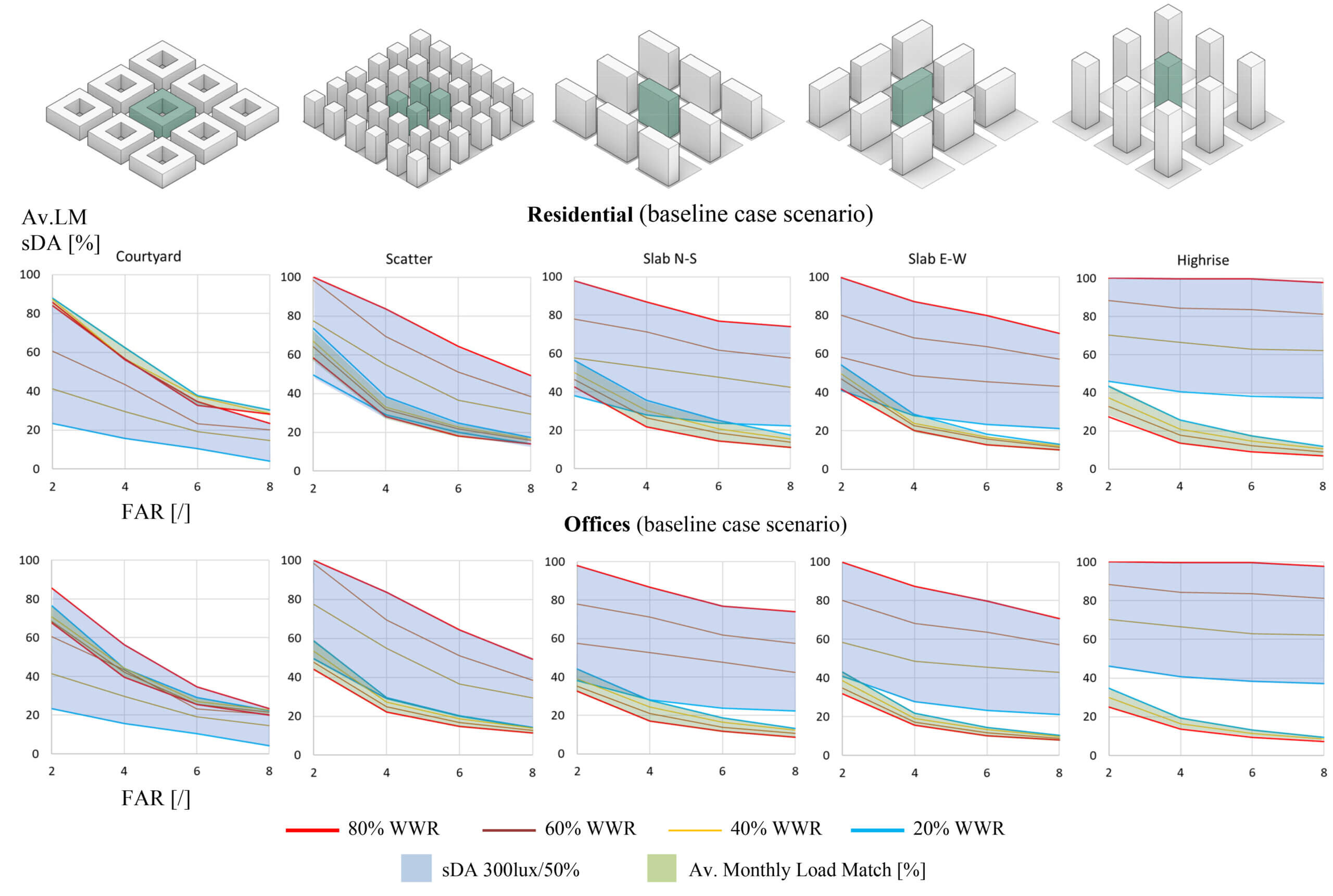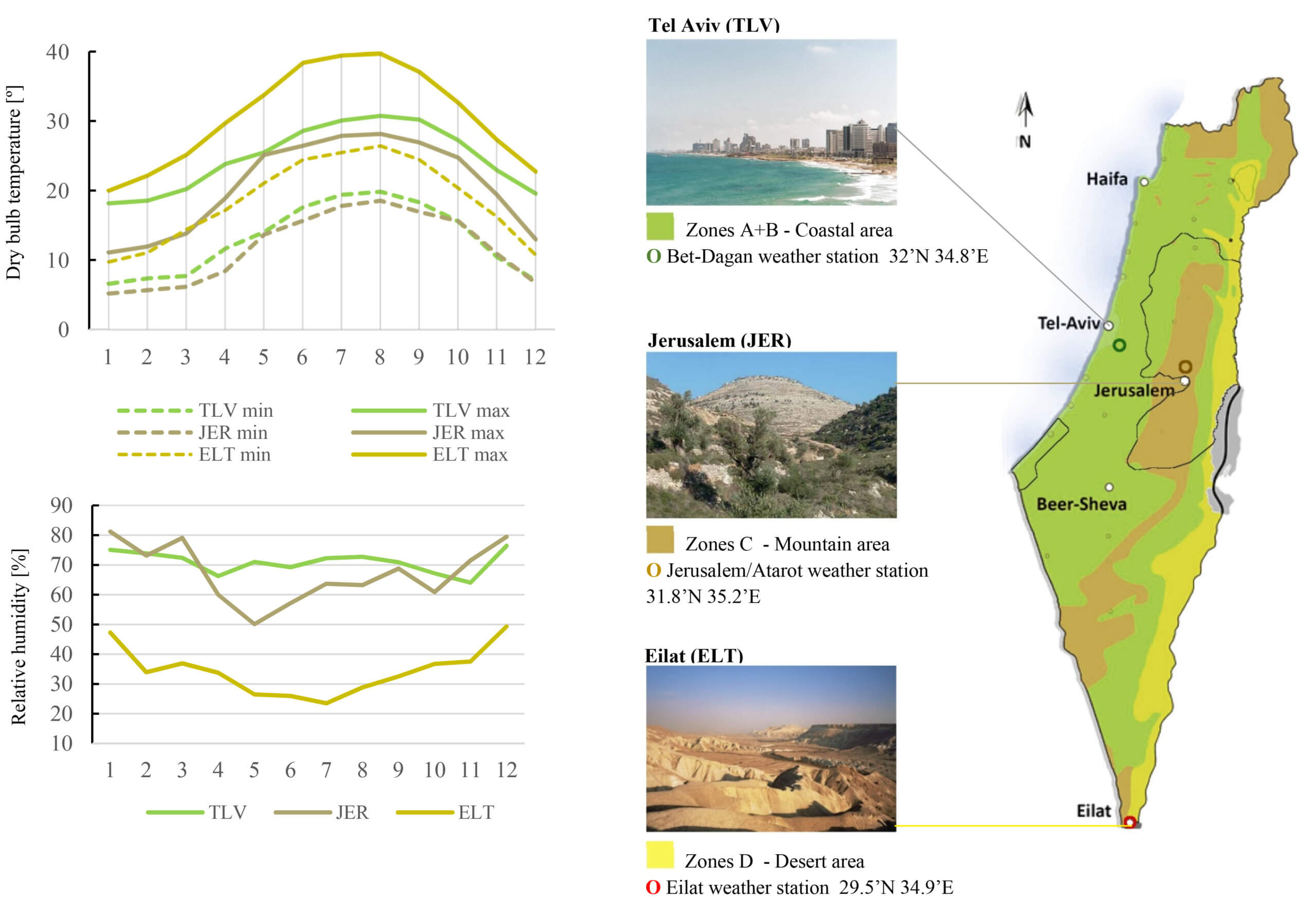
Environmental Performance and Design Lab (EPDL)
Background
EPDL focuses on establishing a bridge between those disciplines in a cross-contextual, multi-scale, and cross-disciplinary way. The context varies from hot to cold regions, and from hyper-urban to rural built environments – both in local and global perspectives. The scale of engagement constantly shifts between the ‘shoebox’ i.e., a room in which the environmental conditions are constant, to an entire building, a district, and the city. State-of-the-art tools and methods allow for an adaptive analytical approach as well as for scalable and expandable holistic workflows. Constant collaboration with other domains of knowledge at Technion and beyond is one of the lab’s core strategies to establish the harmonized interaction needed between stakeholders and experts from different fields to ensure effective, resilient, and robust solutions for future sustainable buildings and cities.
The lab operates by combining three main clusters which together form a triangle of knowledge –
Data acquisition | Analysis | Design Interface
- Environmental data acquisition serves as a vital ingredient for gathering insights on actual environmental performance to calibrate the analytical models employed at EPDl, and in turn to minimize the performance gap between assumptions and reality. Furthermore, data acquisition is an important step in validating the workflows used and developed at the lab. Sources of data vary between computational data (e.g., GIS), sensorial data (Indoor/outdoor/remote sensing), numerical data (e.g., electricity bills, costs), and surveys (e.g., post-occupancy evaluations).
- Environmental Performance Analytics combines cutting-edge software, hardware, and cloud computing to unlock new possibilities for rapid analytical interaction between input data, architectural morphology, and environmental performance outputs. We develop our own methods parallel to using and coupling existing cutting-edge tools – for the creation of harmonized and inclusive environmental design workflows.
- Interactive Environmental Performance Platform is a unique visual interactive platform that is dedicated to visually explore, demonstrate, and test the workflows the lab develops for rapid and interactive environmental performance analysis. For that purpose, a dedicated space of the lab combines augmented reality (AR), mixed reality (MR), and interactive projection technology to explore new frontiers in the interface between environmental data and the designer/analyst.
Research focus
Some of the broader topics EPDL focuses on include –
- Architectural form and environmental quality
- Urban density and environmental performance
- The performative balance between the single building and its urban surroundings
- Human-centered environmental design
- Integrated Environmental performance and architectural design workflows
More specifically, these themes are studied around the following research subjects –
- Digital methods for building and urban scale environmental performance evaluations
- Solar potential and solar-driven design and urban redevelopment
- Environmental quality evaluation (outdoors and indoors) and regenerative design
- Urban vegetation & buildings integration towards high environmental performance and climate change mitigation
- Environmental quality and zero energy potential of buildings and districts in dense and hot urban environments
All Rights Reserved. 2025 © Faculty of Architecture and Town Planning. The Technion, Haifa. Created by Catom web design.
Accessibility Statement || Privacy Policy



